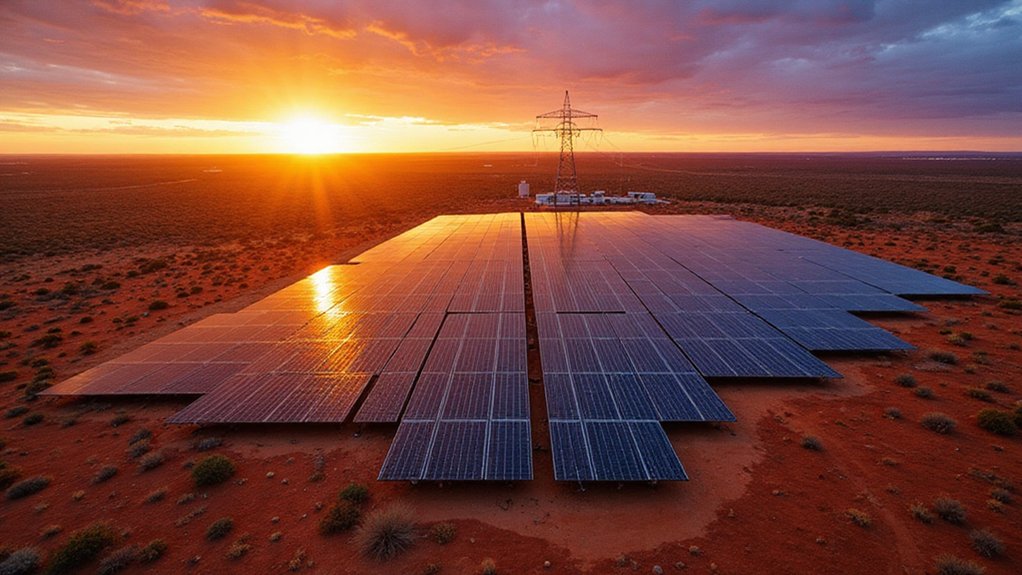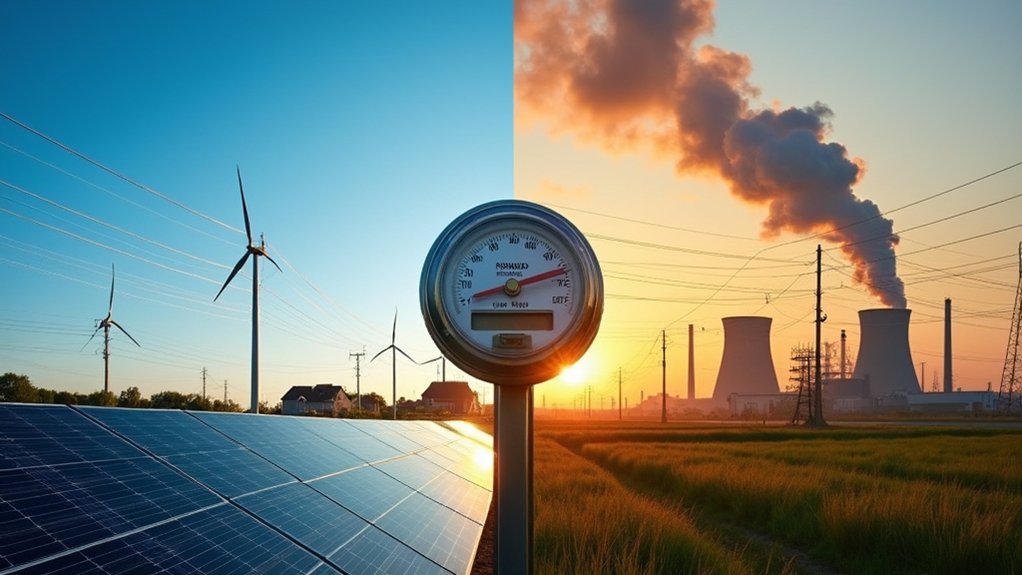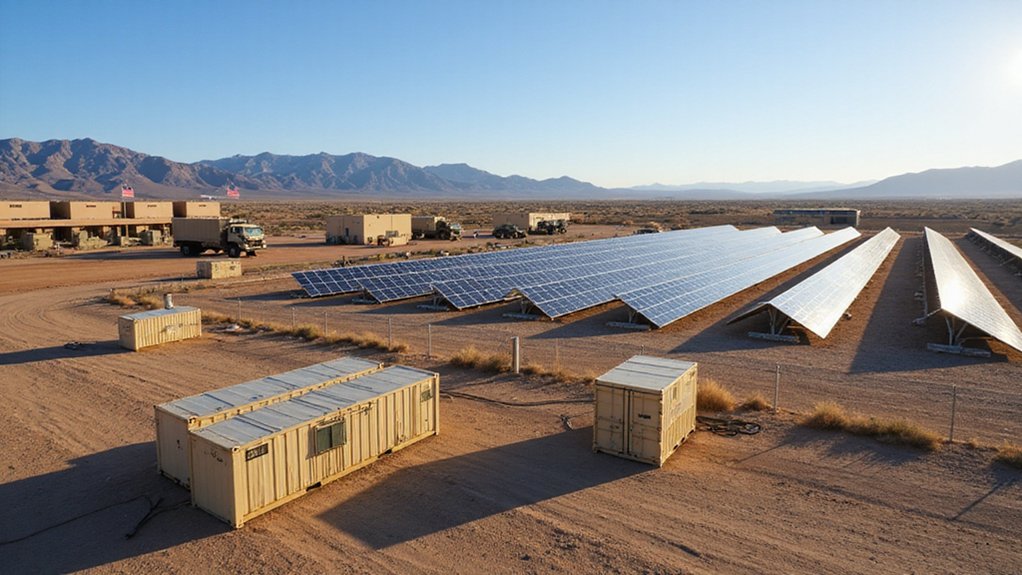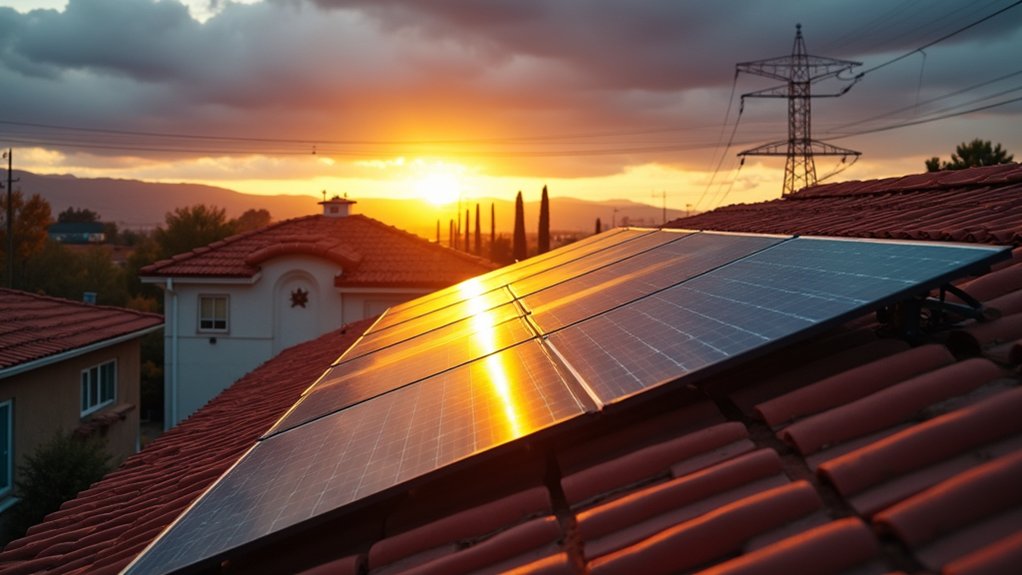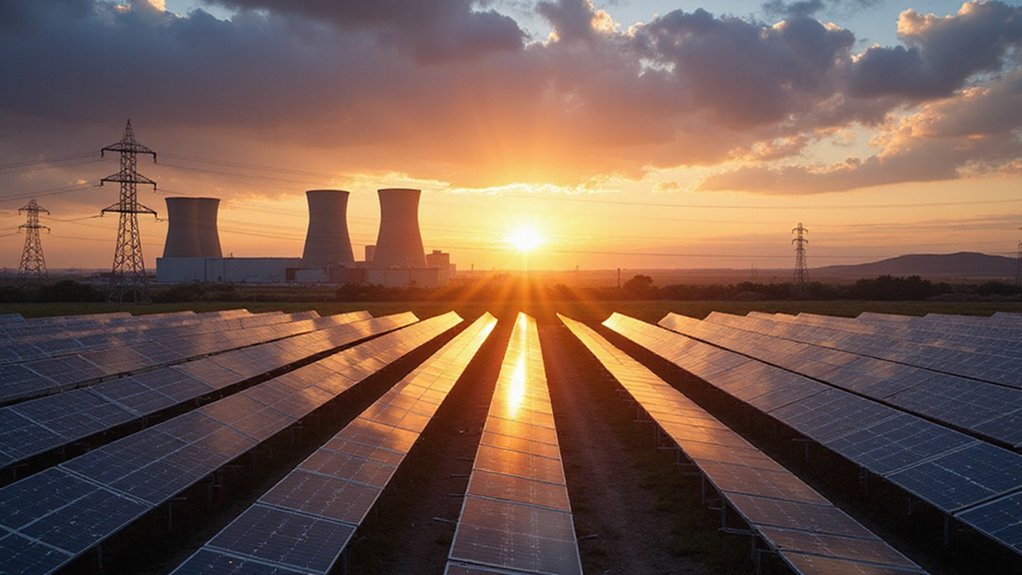The sunshine uprising is transforming Australia’s power terrain at a remarkable pace. Solar energy now accounts for 19.6% of total electricity production in the nation’s main power markets, generating 46.7 terawatt-hours of clean power. This significant contribution forms part of a broader renewable energy surge, with renewables together producing 43% of electricity in Australia’s main grid during the first quarter of 2025.
Australia has crossed an impressive milestone with over 4.09 million solar PV installations nationwide as of March 2025. These systems have a combined capacity exceeding 40.6 gigawatts, cementing Australia’s position as the global leader in per capita solar capacity at more than 1.4 kilowatts per person. The growth has been explosive, with installed capacity increasing tenfold between 2009 and 2011, then quadrupling again by 2016. This rapid expansion mirrors the global renewable boom that saw 507 gigawatts of new capacity added worldwide in 2023 alone.
Australia leads the world in solar adoption with over 4 million installations and unmatched per capita capacity of 1.4 kilowatts per person.
May 2025 showed the continuing strength of solar power, with combined utility-scale and rooftop systems generating 2,861 gigawatt-hours of electricity across the National Electricity Market. This represents a 15% increase compared to May 2024. Rooftop solar alone now generates more than 12% of Australia’s electricity, with over 300,000 new installations annually for five consecutive years.
The split between large solar farms and household rooftop systems reveals an interesting pattern. In May 2025, utility-scale solar generated 1,200 gigawatt-hours while rooftop systems produced 1,661 gigawatt-hours. Both segments are growing rapidly, with year-on-year increases of 10% and 16% respectively in the first quarter of 2025. This impressive growth is complemented by the remarkable performance of battery generation which surged by 86% to reach all-time highs.
Solar generation follows predictable seasonal patterns, with output peaking during summer months and declining in winter. May 2025 saw a 16.82% month-on-month drop due to seasonal changes, yet still outperformed the previous year. The month’s highest production was recorded on May 1st with an exceptional 72GWh from rooftops contributing to the strongest combined solar generation day.
The solar boom is helping Australia march toward its renewable energy targets. The federal government aims for 82% renewable energy by 2030, with projections suggesting solar will contribute about 20% to the energy mix in 2025. This solar surge is already helping drive carbon emissions from Australia’s electricity system to record lows.
References
- https://www.ecowatch.com/australia-renewable-energy-2025.html
- https://www.pv-tech.org/nem-data-spotlight-solar-generation-in-australias-biggest-electricity-market-up-15-year-on-year/
- https://en.wikipedia.org/wiki/Solar_power_in_Australia
- https://solaremporium.com.au/how-much-of-australias-energy-is-renewable-in-2025/
- https://cleanenergycouncil.org.au/news-resources/clean-energy-australia-report-2025
